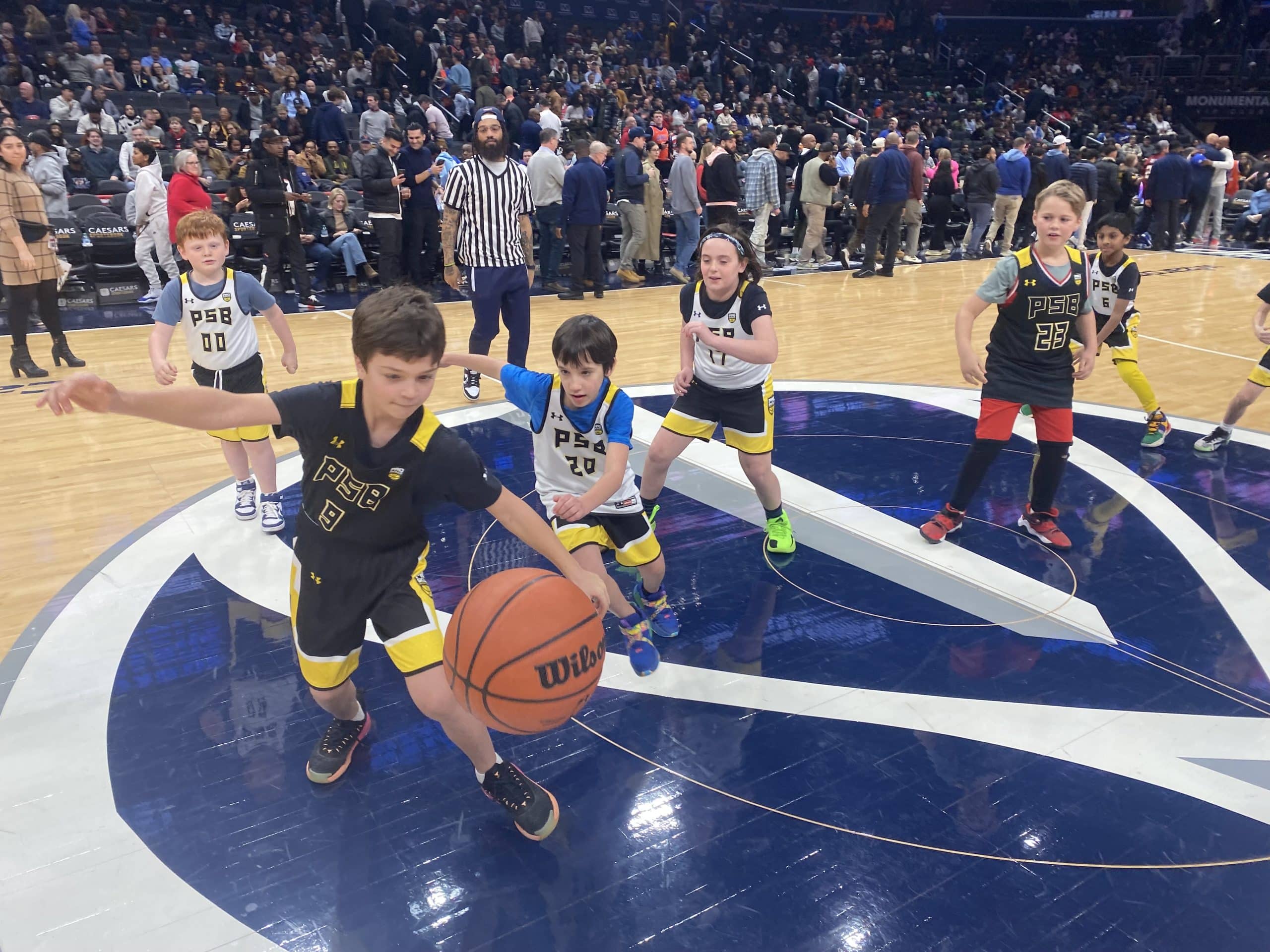
In the world of basketball, it’s easy to get swept up in the hype—rankings, mixtapes, and early success can dominate conversations. But behind the glitz and glamor of five-star recruits lies a fundamental truth: every basketball player develops at their own pace. Skill, physicality, mindset, and experience don’t always blossom simultaneously. And that’s okay.
Take a moment to think about some of the NBA’s brightest stars. Many weren’t top-ranked prospects in high school. Jimmy Butler, for example, wasn’t even ranked in the top 100 of his class. He was homeless for a time, overlooked by scouts, and eventually earned a scholarship at Marquette after starting his college career at a junior college. Today, Butler is a multiple-time NBA All-Star known for his relentless work ethic and leadership.
Similarly, Stephen Curry—now considered one of the greatest shooters in basketball history—was barely recruited out of high school. Major Division I programs passed on him, citing his slight frame and unorthodox shooting form. It wasn’t until he lit up March Madness with Davidson College that the world took notice. Even then, skeptics questioned whether his game would translate to the NBA. Curry didn’t let the noise define him—he kept working, refining, and evolving.
What these stories highlight is that player development is not linear. Skill takes years of repetition and refinement. Some players peak early, while others bloom later, once they find the right coach, environment, or mindset. Physicality can vary wildly too—some players grow into their bodies late or need more time in the weight room before they’re ready to compete at the highest levels.
Mindset, perhaps the most underrated component, is forged through adversity. It takes time to build the confidence and mental toughness necessary to thrive under pressure. It’s not unusual for players to mature emotionally and mentally long after their peers, but that doesn’t mean they’re behind—it just means their journey is different.
And experience, well, that’s earned minute by minute, game by game. Sometimes, it takes one opportunity—one injury, one opening in the rotation, one scout in the right place—for everything to change.
Kawhi Leonard is another powerful example. Barely recruited out of high school and playing at San Diego State—far from the spotlight—he worked in silence. Known for his quiet demeanor and tenacious defense, Leonard didn’t explode onto the NBA scene immediately. But his steady, deliberate growth turned him into a two-time NBA Finals MVP.
The message is simple: your path is your own. Just because you’re not a phenom at 16 doesn’t mean greatness isn’t within reach. The only timelines that matter are the ones you create for yourself. Keep putting in the work. Keep learning. Keep growing.
Every player has their moment. Yours may not look like anyone else’s—and that’s exactly how it should be.



